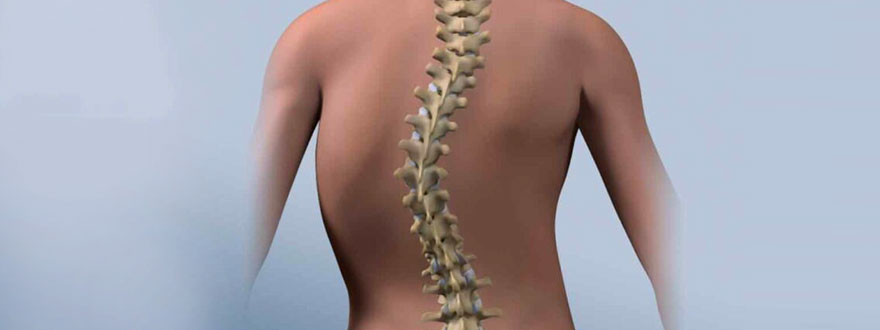Scoliosis

Scoliosis is a medical condition characterized by an abnormal sideways curvature of the spine. The spine typically has natural curves, but in scoliosis, the spine curves sideways in an "S" or "C" shape. This curvature can range from mild to severe and may progress over time.
Here's an overview of scoliosis:
- Symptoms: The symptoms of scoliosis can vary depending on the severity and location of the spinal curvature. Common signs and symptoms may include:
- Uneven shoulders or hips
- A visibly curved spine
- Uneven waist or ribcage
- Back pain or discomfort
- Fatigue or difficulty breathing in severe cases
- Diagnosis: Scoliosis is typically diagnosed through a physical examination, which may include the Adams forward bend test to assess for spinal curvature. Imaging tests such as X-rays, MRI, or CT scans may be used to confirm the diagnosis and evaluate the severity of the curvature.
- Prognosis: The prognosis for scoliosis depends on various factors, including the age of onset, the severity of the curvature, and the underlying cause. Many cases of scoliosis are mild and do not require treatment beyond monitoring
- Support and Management: Living with scoliosis may require ongoing support and management, including regular check-ups with a healthcare provider, adherence to treatment recommendations, and lifestyle modifications to accommodate any physical limitations or discomfort associated with the condition.


